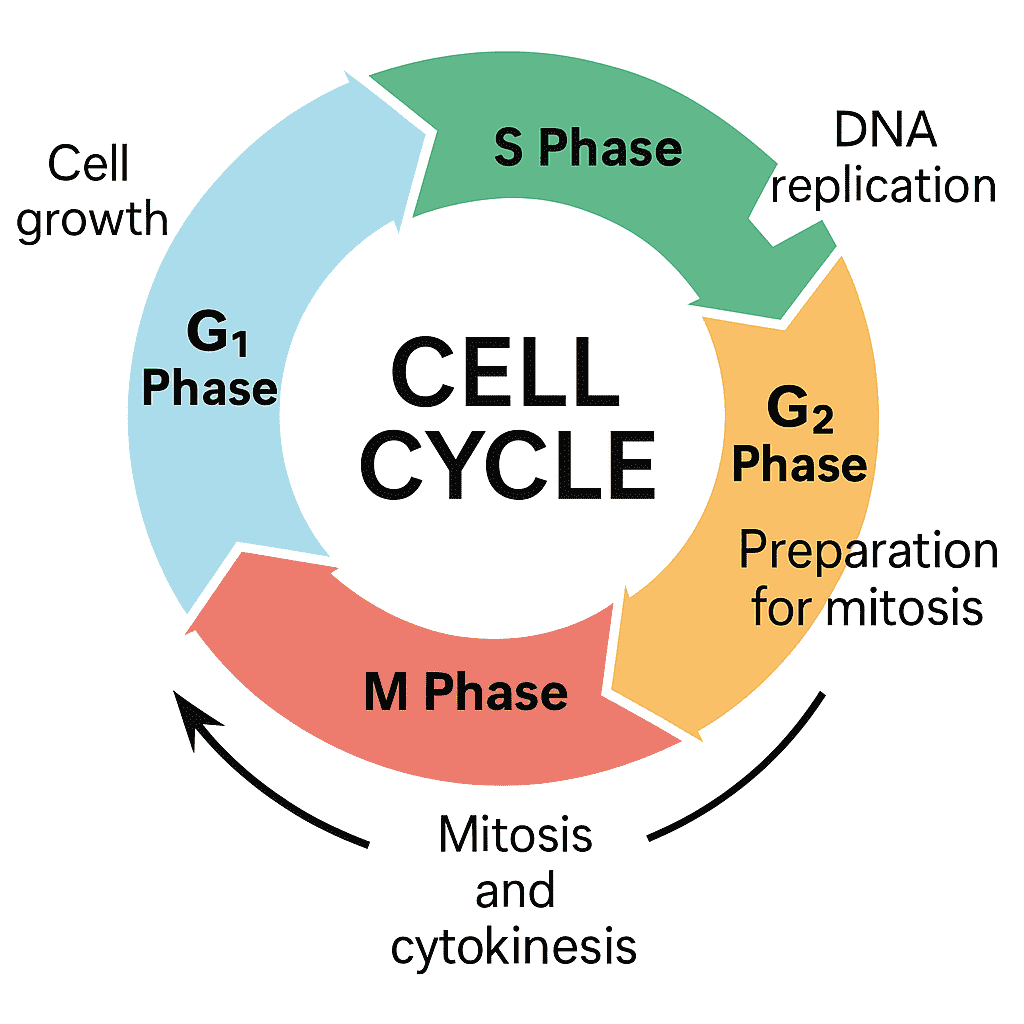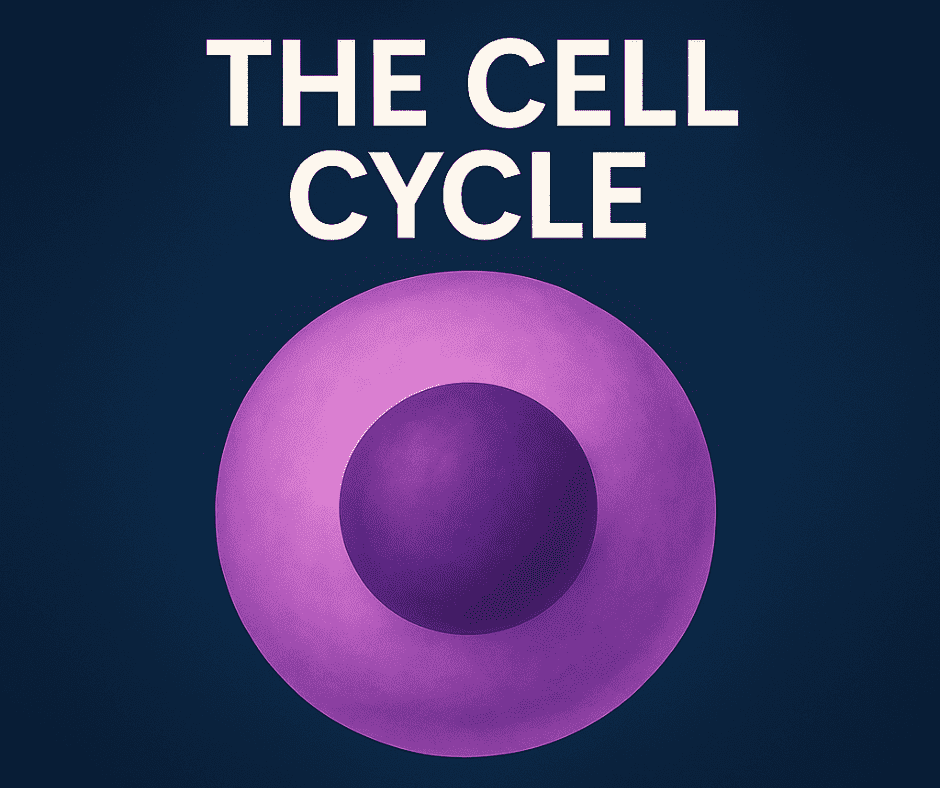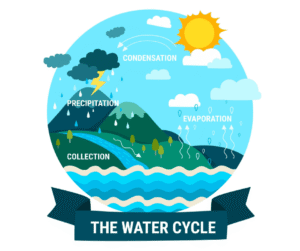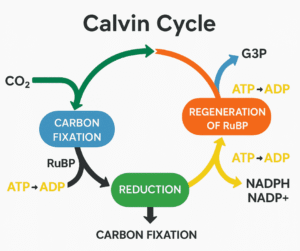Cell Cycle: Stages, Regulation, and Importance in Life
The cell cycle is a critical process fundamental to all organisms; it regulates growth, development, and reproduction. From the healing of tissues to the nurturance of a fertilized egg towards an embryo, the cell cycle ensures that life proceeds timely and mannerly. So, this article will study the phases of the cell cycle, the regulating mechanisms of the cell cycle, and its utmost role in biology.
What is a Cell Cycle?
It is an orderly series of events that a cell undergoes as it grows and divides into two descendant cells. Growth happens during interphase, followed by a division phase of mitosis or meiosis and finally cytokinesis, or cytoplasmic division.
The cell cycle is about reproduction in the sense of balancing it. Too few divisions and development fails; too many, and cells divide uncontrollably, termed cancer.
Major Phases of the Cell Cycle
Broadly, scientists divide the cell cycle into two major phases:
- Interphase (Preparation Phase)
- M Phase (Mitotic Phase)

Let’s explore each phase in details:
1. Interphase – The Longest Phase
Out of all phases of a cell, we can say that interphase has the longest duration. Take a look into some of its subphases:
a. G1 Phase (First Gap)
- The cell increases in size.
- Synthesis of organelles and proteins takes place.
- The cell readies itself for DNA replication.
- A critical checkpoint for assessing whether the cell is ready for the next step exists.
b. S Phase (Synthesis Phase)
- DNA replication occurs.
- The genetic material thus doubles and each chromosome contains two sister chromatids.
- Any error during this phase may cause mutation or stop the cell cycle altogether.
c. G2 Phase (Second Gap)
- The cell keeps on growing.
- Gets ready for mitosis by producing the enzymes and proteins.
- Making sure that DNA replication has not occurred with errors.
2. Mitotic or M Phase – Cell Division
This is the stage where the cell division actually takes place. It consists of another two sub-stages.
a. Mitosis
Divides the nucleus along with its contents. It has five sub-stages:
- Prophase: Chromosomes are condensed and become visible. Spindle fibers appear.
- Prometaphase: The nuclear envelope breaks down. Spindle fibers attach to chromosomes.
- Metaphase: Chromosomes align on the equator of the cell.
- Anaphase: Sister chromatids are drawn to opposite poles.
- Telophase: Around the two sets of chromosomes, nuclear envelopes recrystallize.
b. Cytokinesis
- The cytoplasm divides into two daughter cells that are genetically identical.
- In animals, a cleavage furrow forms. In plants, a cell plate develops.
Why is the Cell Cycle Important?
The exorbitant importance of the cell cycle can be elucidated as follows:
- Growth: It makes it possible for an organism to grow from a single cell into very complex structures.
- Repair: Cells to be damaged eventually are replaced with new ones.
- Reproduction: Allow sexual reproduction of unicellular organisms.
- Development: Ensures tissues and organs develop properly during embryogenesis.
- Genetic Stability: Precise maintenance of genetic information from generation to generation.
Regulation of the Cell Cycle
The cell cycle is highly regulated through checkpoints and regulatory proteins so that progression through is assured.
Key Regulators:
- Cyclins: Proteins that regulate the cell cycle through the activation of cyclin-dependent kinases.
- CDKs (Cyclin-dependent kinases): Enzymes that push the cell cycle forward.
- Checkpoints: Present in G1, G2, and M phases that check the DNA’s integrity and readiness.
In case any errors surface:
- The cell cycle temporarily halts so that repairs can take place.
- Along with that, if a cell is beyond repair, it is steered toward apoptosis (programmed cell death).
What Happens When Regulation Fails?
Alterations and disarrays in the cell cycle may chance its consequences:
- Cancer: Uncontrolled cell division caused due to failing of the checkpoints.
- Genetic Disorders: Consequence of an abnormality in either DNA replication or chromosome separation.
- Cell Death or Mutations: Mutations arise when damaged DNA is passed down to daughter cells.
In such scenarios, it is obvious; understanding the cell cycle will be highly important for understanding cancer and its potential treatment.
Difference Between Mitosis and Meiosis
Here is a table of differences between Mitosis and Meiosis:
| Feature | Mitosis | Meiosis |
| Purpose | Growth and repair | Sexual reproduction |
| Result | 2 identical cells | 4 genetically different cells |
| Chromosome # | Maintained (diploid) | Halved (haploid) |
| Cell type | Somatic cells | Gametes (sperm/egg) |
What Can be Done with Cell Cycle Understanding?
- Cancer Therapy: Drugs such as Taxol and Vincristine affect cancer cells by inhibiting mitosis.
- Genetics Research: Investigating mutations that affect cell division.
- Stem Cell Research: Using the control of the cell cycle for regenerative purposes.
- Aging Research: Linking tissue aging and senescence to cell cycle slowdowns.
Concluding Thoughts
The cell cycle is a magnificent and complex process that guarantees the continuity of life. From simple cell growth to the highly orchestrated division into new cells, the cell cycle plays a central role in health, development, and survival. A deeper understanding of its phases, regulation, and importance can open scientific, medical, and biotechnological avenues.
FAQs
Q1: How long does a cell cycle take?
Ans: It varies on the type of cell; some cells divide every 24 hours, while cells may do so less frequently.
Q2: What happens when a cell skips a checkpoint?
Ans: Mutations, cancer, or cell death may be the consequences of skipping.
Q3: Can the cell cycle be reversed?
Ans: No; once a phase is done, the cycle cannot move backward.
See This Also: Explaining the OPSEC Cycle: The Stages, Significance, and an Actual Real-World Scenario



